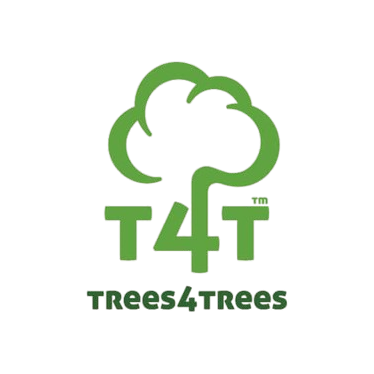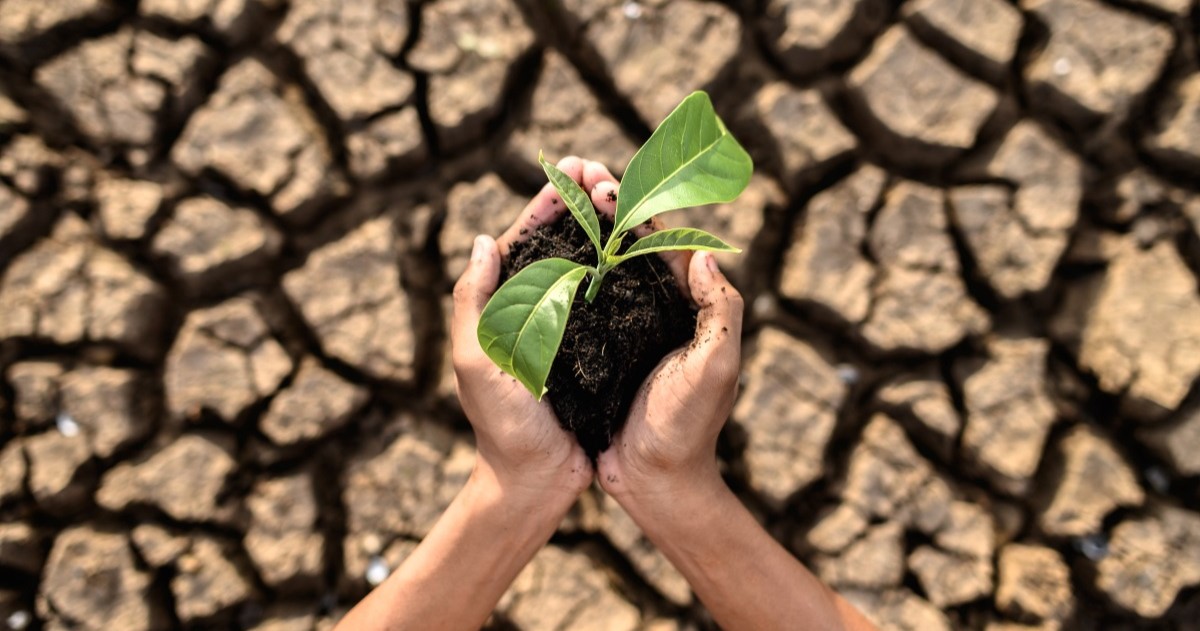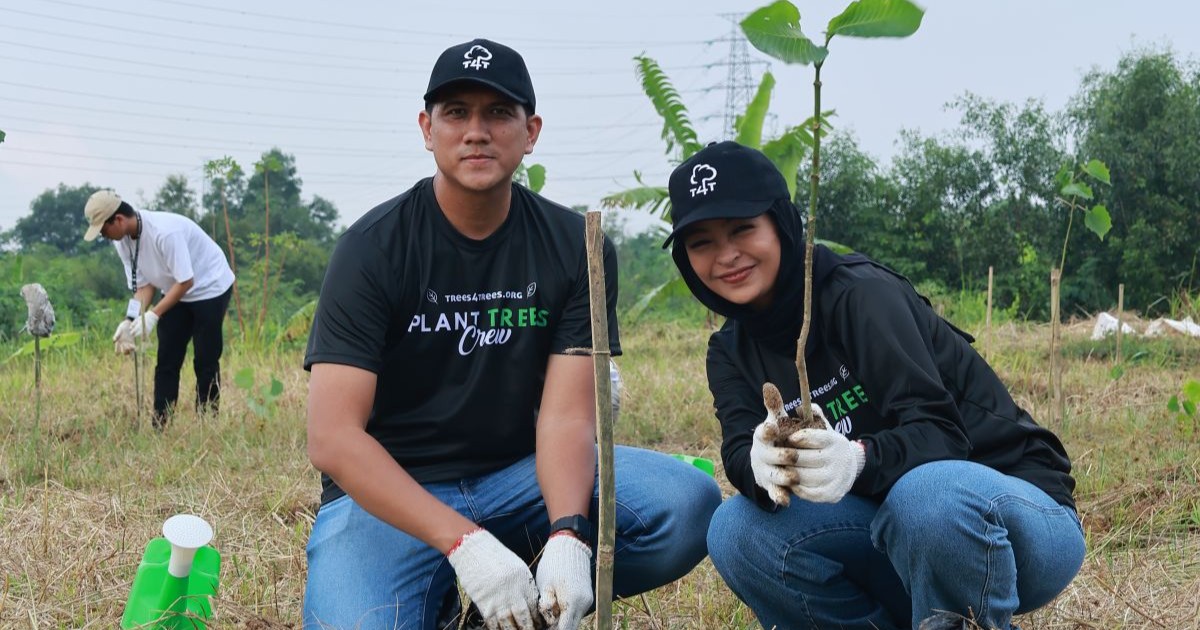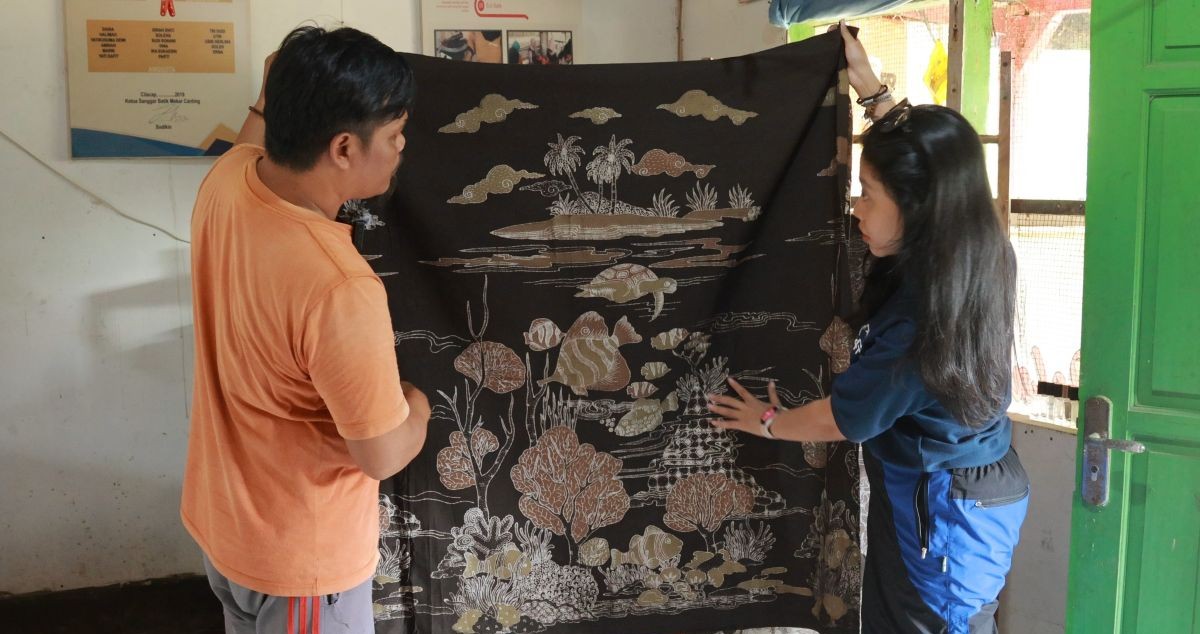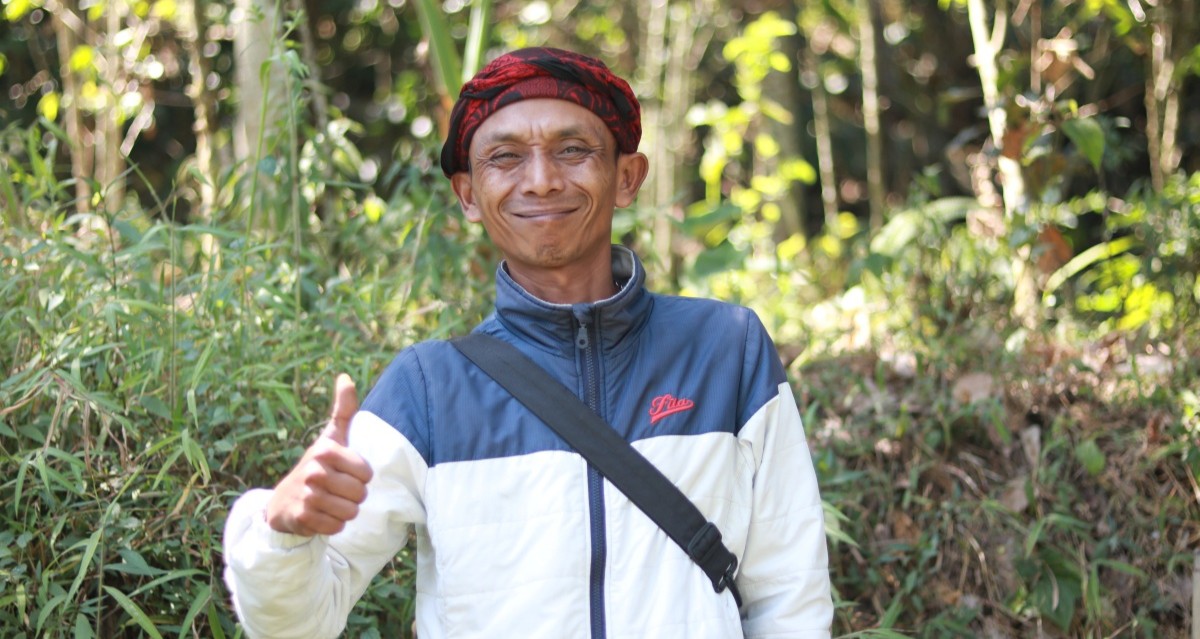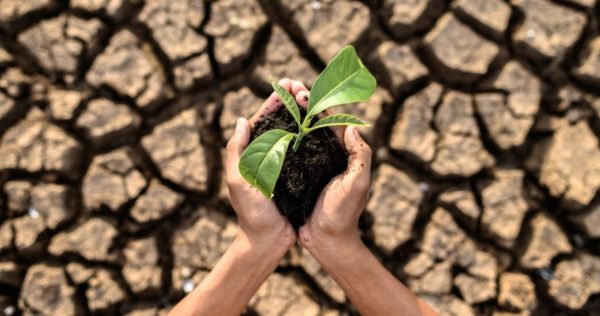
This year we had the hottest July, August, and September ever recorded. Weather patterns around the world are in a state of flux, pushing temperatures up and stretching our planet’s life support systems to the limit. In tropical regions, like Indonesia, the impacts of climate change are clear to see.
To make matters worse, extreme weather has been forecasted for Indonesia in the first quarter of 2024, due to the ongoing El Niño weather system. A combination of floods, cyclones, landslides, and disruption to food production could all be just around the corner.
But what exactly is El Niño? What are its effects? And how can reforestation help to lessen its impact on people and planet? In this article, we’ll look for the answers.
What is El Niño?
El Niño, which means ‘little boy’ in Spanish, is a natural climate pattern. This name describes the seasonal warming of surface waters in the eastern tropical Pacific Ocean. El Niño is the ‘warm phase’ of a larger weather cycle – the ‘cool phase’ is called La Niña, which means ‘little girl’.
El Niño / La Niña events don’t happen every year. They normally come around every two to seven years and typically last between nine and 12 months. Sometimes, they can even last for years at a time.
So if El Niño and La Niña, are natural climate events, then what’s the problem? Unfortunately, recent studies have found that climate change is supercharging these weather systems, making them more frequent and more fierce. And the effects of this change can be deadly.
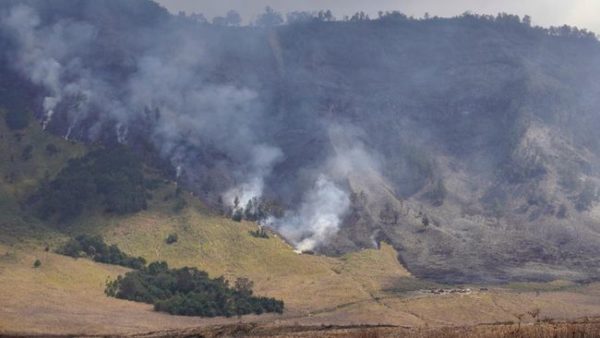
What are the Impacts of El Niño?
We may not realize it, but El Niño and La Niña play a major part in all our lives. These tempestuous twins affect everything from weather and wildlife to, food production, wildfires, and economics. Their impacts can take many different forms – and the differences between them can be extreme:
- Temperatures. This September was the hottest on record, with temperatures 0.5 –degrees (Celsius) higher than last year.
- Drought. Delayed rainfall leads to parched landscapes and dry rivers.
- Food shortages. Severe drought means poor harvests, food shortages, and rising prices.
- Wildfires. This year alone, there have been over 3,000 fires in Indonesia.
- Ecosystem damage. From forests to coral reefs, animals and their habitats are feeling the heat.
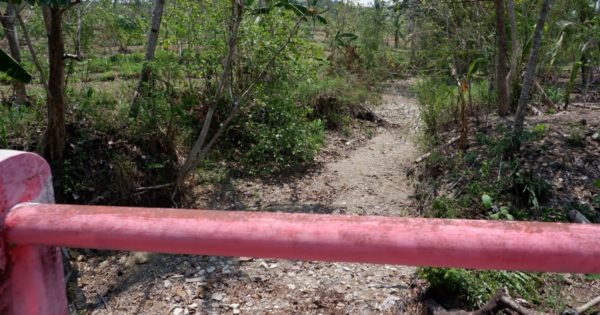
How can we Minimize the Impacts of El Niño?
El Niño may be a natural event that’s beyond our control, but there are steps we can take to lessen its impact:
- Prevent fires. Around 99% of wildfires are caused by human activities like campfires, cigarette butts, or burning waste. Stopping these activities can help stop wildfires.
- Eat local. Support your local greengrocer, or – even better – grow your own fruit and vegetables.
- Raise awareness. Educate others and encourage them to be more eco-friendly.
- Cut the carbon. Minimize your carbon footprint by taking public transport, walking, cycling, or saving energy at home.
- Plant trees. Trees clean the atmosphere and can help prevent disasters, like erosion, floods, drought, and water shortages. More on this below:
The Benefits of Planting Trees
In Indonesia, Trees4Trees’ planting areas have experienced an extended dry season because of El Niño. One of many is Kenteng Village in Kebumen, Central Java. During the dry season, villagers here have to walk about two kilometers to reach the nearest water source.
Working in partnership with local people and international partners, Trees4Trees is helping to raise awareness and kick-start positive changes in Kenteng. Since 2022, we’ve planted more than 6,000 trees in the village, and there’s more to come too.
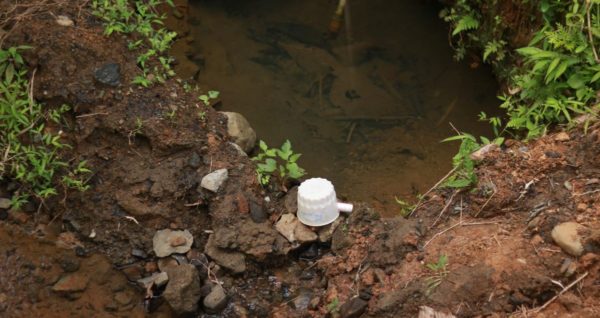
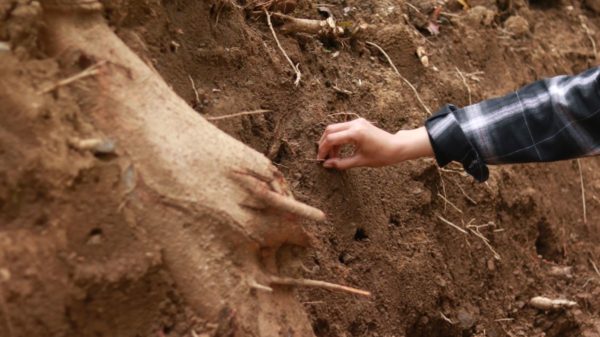
These trees have already had an impact, by helping retain moisture in the soil and providing shade for people and plants during the dry season, and then preventing erosion and flash floods when the rains finally arrived in November. Their fruits, like durian and avocado, provide a reliable source of income for local people, even during the worst of the seasonal weather.
This year, through Giving Tuesday, we’re encouraging people to donate trees to support the ongoing planting operations in Kenteng, to protect the land from the worst of El Niño and promote agroforestry. And you can join us in this mission. By donating trees, we can combat climate change and create a more livable environment for the community. To learn more, click here or get in touch.
Writer: V. Arnila Wulandani. Editor: Christopher Alexander
